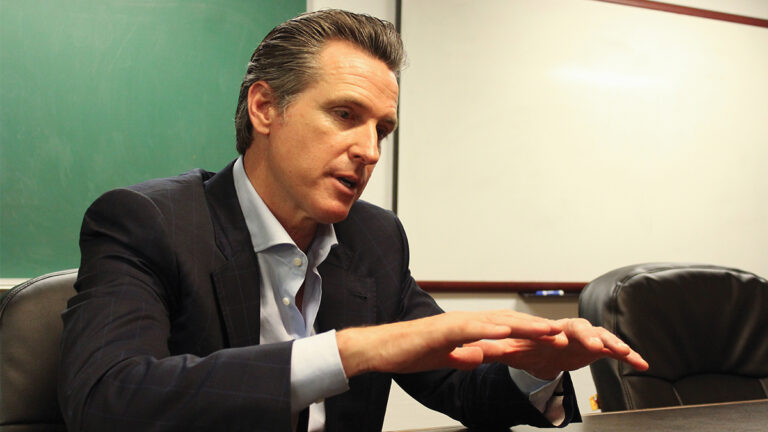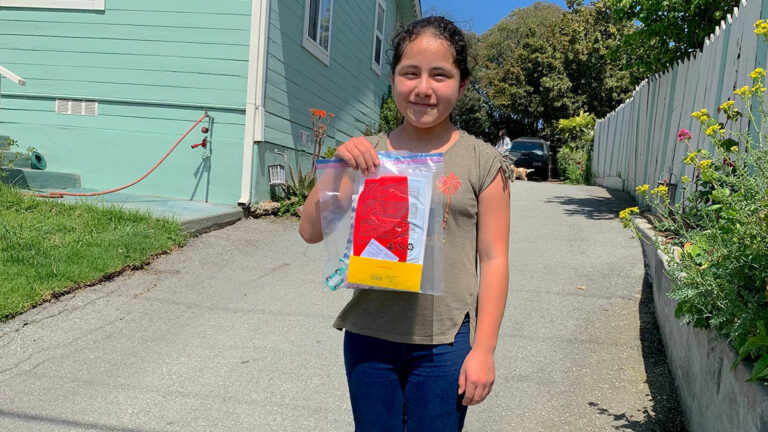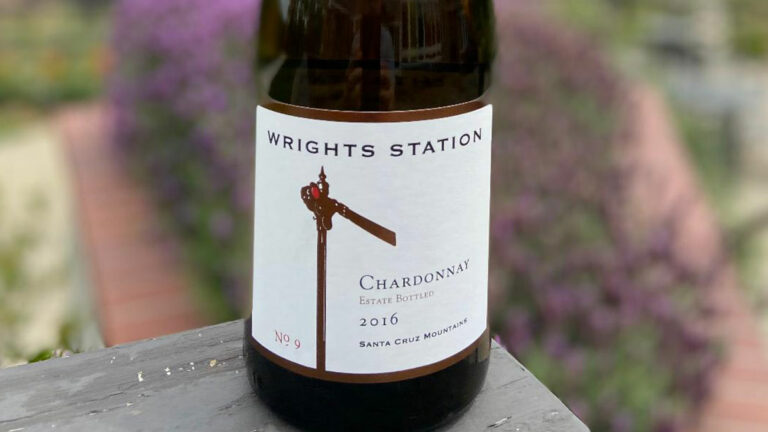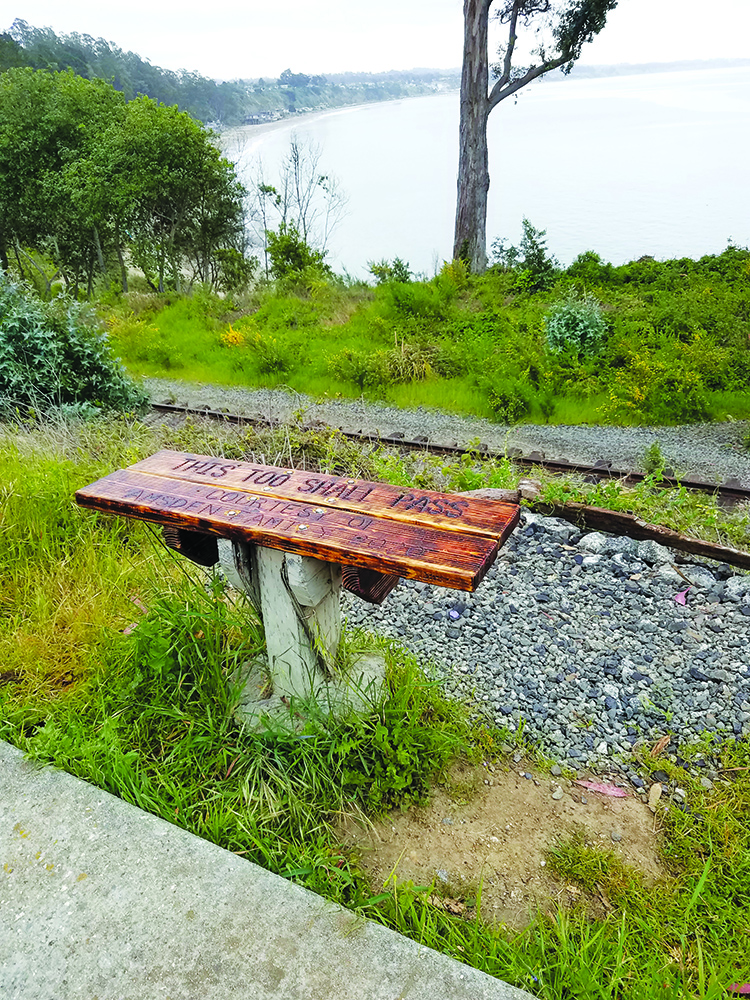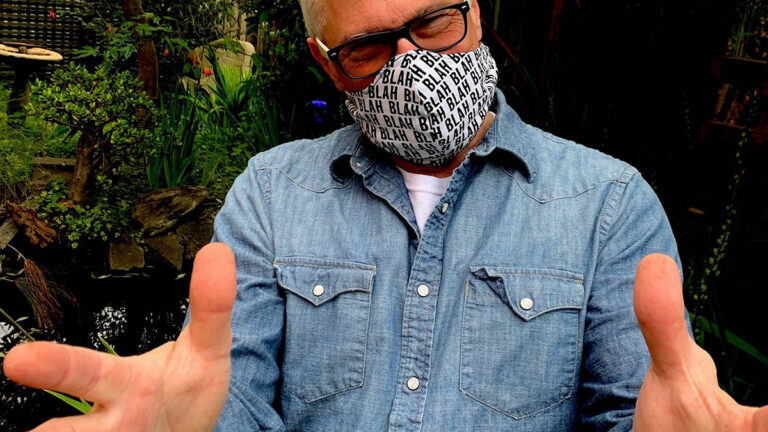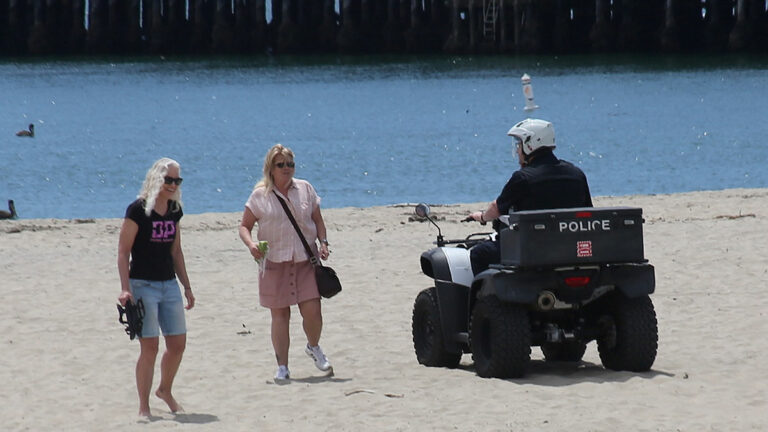Imagine 2019 and 2020 as two cowboys sitting at the bar in a saloon.
“So, uh,” mumbles 2019, “I almost hate to ask, but what’s up with you?”
“Well,” sighs 2020, twitching his Sam Elliott mustache, “let’s put it this way: Masks are now a thing.”
“Masks? That’s weird. Like, what, hockey masks? Halloween masks? Lone Ranger masks?”
“Nope.” The 2020 cowboy takes a sip of whiskey and pauses for dramatic effect. “Surgical masks.”
The color drains from 2019’s face. “Oh, no. That can’t be good.” He inhales sharply, “So, why are surgical masks a thing?”
“Amigo,” says 2020, “you’re going to need another drink.”
A year ago, no one would have guessed that cloth face masks would take their place next to wallets, car keys, and cell phones on the average American’s can’t-leave-home-without-them list. But the COVID-19 pandemic has created a jarring new normal, the prevailing icon of which is the medical mask.
Day by day, it seems, the mask is growing in its symbolic power. Vice President Mike Pence took withering criticism for not wearing a mask during a visit to the Mayo Clinic. Inevitably, the mask has been hijacked as a token of political allegiance. (The headline of a recent Politico story: “Wearing a Mask is for Smug Liberals. Refusing to is for Reckless Republicans.”) For some, it’s a common-sense measure to thwart the spread of the disease. To others, it’s a symbol of fear and submission.
As a practical matter, wearing a mask in public in Santa Cruz County is no longer a matter of choice. In April, the county’s Health Services Agency issued an order requiring the use of face coverings for shoppers in grocery stores and other businesses, as well as at car windows and walk-up counters, while receiving health care or government services, and while using public transportation or ride-sharing services. The order applies to everyone older than 12.
With these orders has come a sudden and enormous demand for masks, and many in the community are stepping up on the supply side. Idea Fab Labs in Santa Cruz mobilized in March to create masks and other protective equipment for health care workers and others in a project called PPE for Central Coast. The project (ppe4cc.org) creates an appropriate design for an effective mask based on the current science, raises money to produce them, hires at-home workers to create the masks, and distributes them to those in the community in need of protection, from transportation and sanitation workers to farm workers. Idea Fab Labs is also encouraging a DIY ethic by offering up an open source pattern with sewing instructions for download.
The city of Santa Cruz, in partnership with Harts Fabric, has similarly initiated an effort to distribute 10,000 masks to homeless people and essential workers. A group of local makers have also come together to match homemade masks to those who need them through a Facebook group called SC Mask Sewers.
With the production of masks rising sharply, it’s no surprise that fashion considerations are rising, too, and that Santa Cruz mask makers are beginning to blend artistic elements into their design.
One of these makers is Santa Cruz’s Aretha Bright, who markets her masks on Facebook under her brand Mask Your Displeasure. Bright makes masks dripping with defiance and attitude (she says they’re “rude and sexy”). Her most popular items are masks that feature a single word printed many times—“blah blah blah” and “bitch bitch bitch.”
“I call it Mask Your Displeasure because it reflects my attitude about how much this sucks and how much it’s turned everyone’s life upside down,” Bright says. “I don’t really like wearing masks everywhere I go. I wanted a loud, rude, I’m-not-thrilled-about-this-but-dammit-I’ll-be-fashionable statement with the masks.”
Bright has been sewing since she was a child. She took a mother-daughter sewing class at Harts Fabric with her mom, writer Susie Bright. When she was a teenager, she made and sold designer pillow cases. But her turn toward masks came about out of economic necessity more than anything else.
“It started as personal use for me and my friends and family. At the same time, I was applying to every grocery store within 50 miles, like everyone else I knew who was desperate for work. I was getting increasingly nervous about bills and rent,” she says.
Then came the a-ha moment. Her family home had a storehouse of fun and interesting fabrics. The masks were marketable—yes, it would entail a lot of work, but it would be at home, alone, without the daily risk of working in a grocery store.
Bright’s workday stretches from 9am to 7pm, “but I’d like it to be longer than that because I have a lot of work to do. Honestly, I love it. I love being a workhorse. It’s so much better than being stuck at home with nothing to do but be an old millennial who’s joining TikTok and eating too many snacks.”
IF YOU CAN READ THIS, YOU’RE TOO CLOSE
Ann Ostermann, who has spearheaded the annual Open Studios tour for many years, is another lifetime maker who knows her way around a sewing machine. Since the spread of COVID-19, she has also embarked on making fashionable masks.
“I’ve been giving them away to friends, family and neighbors, because I’ve been getting a paycheck every few weeks,” says Ostermann, a staffer at Arts Council Santa Cruz County.
Like Bright, Ostermann’s designs are heavy on irreverence and humor, some of which are festooned with f-bombs. “It’s in small print,” she says, “so if someone can read it, they are already too close.”
She orders her prints from Spoonflower, a company that allows users to upload their own designs and then creates custom prints from them.
“You might as well have fun with it,” she says.
Santa Cruz artist Dawn O’Regan has been making handbags using specialty Japanese prints for 15 years through her online shop Ribbon Street. Locally, she’s always been a big presence at Open Studios and the Capitola Art and Wine Festival.
With the emergence of COVID-19, O’Regan reinvented her business on the fly to produce fashionable masks from bright and colorful prints, cranking out about 150 masks a week. In a week’s time, in response to an avalanche of messages from customers requesting masks, she went from having zero experience with making face masks to producing mostly masks in a workday that begins early in the morning and often does not end until 10pm. “It just kinda snowballed,” she says.
She sells masks but has also donated many to health care workers. On her website, she also allows people to sponsor the manufacturing of masks for others.
O’Regan has plenty of variety when it comes to print—“I pretty much have a fabric store in my studio”—but her stresses come from the workload. No longer able to use her assistant because of shelter-in-place regulations, she has recruited her daughter to help with the workload. “Each week, we get better and more efficient,” she says. “It’s been really sweet to work with my daughter. She has a really good work ethic.”
Family bonding is apparently a theme in the home manufacturing of masks. Aretha Bright says that she and her artist father have enjoyed working together on her designs. “We’ve been listening to these cool Irish mystery thriller (audiobooks) while we sew,” she says. “I’m so down with it. It’s been the best father-daughter time.”
Procuring materials, though, can still be a challenge. Many who make more than a couple of masks are learning that the elastic that keeps the mask in place is suddenly a rare commodity.
“They’ve been calling it the new TP,” says O’Regan, in reference to the infamous toilet-paper shortages of March. Unlike many designs that wrap around the ears, O’Regan’s masks wrap around the head, which she says is more comfortable for long-term users. That means that her masks use more elastic, and she also includes an extra piece of elastic in each order. “It’s crazy how hard it is to get supplies, even from people I’ve been ordering from for years.”
“People are cutting up their yoga pants (for elastic),” Bright says. “I’ve had the best luck just stumbling upon independent fabric retailers who still have their online store up and running.”
MASKING THE RUNWAY
Even with two-thirds of the year yet to come, it’s becoming apparent that the COVID mask will be the dominant symbol of 2020. Artist Rose Sellery, co-director of the popular annual Pivot fashion show, says she has been thinking of prominently featuring mask designs in Pivot’s (as of now still scheduled) next runway event.
“We have a show planned for September,” she says, “and we’re thinking of adding that as a component, because I suspect we’ll all still be wearing masks at that time. I don’t think it’s going away anytime soon.”
Dawn O’Regan says that she’ll continue to make the masks “as long as there is a need.”
And Aretha Bright is letting her marketing imagination stretch. “I’ve got a really good pattern for pajama bottoms, and since everybody’s living in their pajama bottoms these days, I think they would be super cute. And I’m also really into doing bikinis because the summer is coming right up, with masks that match them, of course.”
Of course, the marketplace for fashionable masks is much more vast than Santa Cruz County. As with every other aspect of fashion, it encompasses the entire world. The online store Etsy, to take only one example, offers up a cascade of styles, colors, and images in its selection of fashion masks. Masks are emerging that are branded with everything from sports team logos to superheroes. Manufacturers have to tread lightly in this arena. It’s awkward to pair such fashion buzzwords as “fun” and “flirty” with an item designed to stop the spread of a deadly disease. Some brands are likely to overstep the boundaries of good taste.
Still, fashion masks can reflect a kind of resilience in the face of adversity. One popular entry on Etsy features a health care worker in the famous pose of Rosie the Riveter with a message aimed at the virus itself: “Not Today.”
THE MEANING OF MASKS
We live in a culture that has long been uncomfortable with face coverings of any kind. From the days of the Old West, masks have been associated with criminality. In recent decades, for some people, covering the face has been the mark of misogyny and religious extremism.
If social distancing and face masks in public become not just a reaction to the moment but a new way of life, what subtle changes will it bring about in the way people behave toward each other?
Frank Lima, 77, has been wearing a mask for 23 years in the guise of the beloved local performer the Great Morgani. A big part of Morgani’s charm has been the dazzling artistry of his full-body costumes that also completely cover his face.
“When I croak,” he says, “they better do an autopsy because I think the cause of death will be from Morgani’s breathing through questionable Chinese Lycra for 23 years.”
Lima knows something about living behind a mask. But for him, wearing a mask is all about context. When he went to a local grocery store recently for a photo shoot, the Great Morgani was no more comfortable with the mask than anyone else.
“You know how uncomfortable I feel being in Shopper’s Corner wearing a costume and a mask? You might not think there’s much of a difference with performing on the avenue, but here’s the difference: I have an accordion. I’m playing music. I’m a legitimate performer. Take the accordion away and, man, I’m freakazoid central. I’m very private. I’ve always been hiding behind a mask, either my own big mustache, or the mustache that goes with the costume, or the accordion. There’s always been those social barriers.”
The face mask has become a potent symbol for a new way of life. But its status is far from permanent. Even those who’ve adopted the manufacturing of masks as a new livelihood aren’t embracing it as anything more than an emblem of a temporary situation.
“It’s my business now,” Bright says. “But I still hope this is over sooner rather than later. I’m interested in everything getting back to normal, for sure.”


